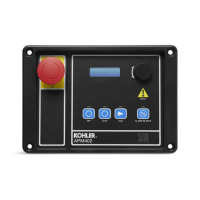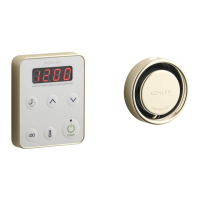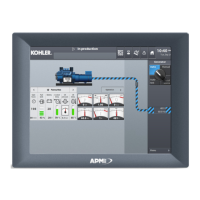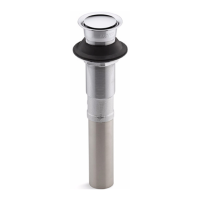6 — COMMISSIONING
pg. 161
Return to TOC Curtis AC F2-A, F4-A, F6-A Motor Controllers – FOS 4.5 – April 2022
Contact the Curtis distributor or regional support engineer for help or training with the setup, use, and
licensing of the Curtis Integrated Toolkit
TM
. See Appendix D.
Note: Do not assert (close the switch or enable) the controller’s Interlock at this time. is will
prevent motor operation, which will come later when operating and tuning the motor.
Control Mode Selection
As described in Chapter 4, the programmable parameters and motor response characteristics are
tunable through two speed control modes, depending on the application. Use the Control Mode
Select parameter to select the tuning mode:
• Speed Mode Express
• Speed Mode
• Torque Mode
For other modes, contact Curtis.
Speed Mode Express is a simplied version of Speed Mode with a reduced set of parameters that
is adequate for most speed-controlled applications. Speed Mode Express and Speed Mode are for
applications where throttle input corresponds to motor speed output. e available parameters are
context sensitive based upon the control-mode selected.
Use Torque Mode for applications where throttle input corresponds to motor torque output.
Note: Tune using torque control or speed control, but not both. For example, if adjusting a torque
control parameter while Speed Mode or Speed Mode Express has been selected as the tuning mode,
the programmer will show the new setting but it will have no eect.
Parameter Settings – Method Overview
Aer setting the Control Mode, the application’s hardware aspects should be set rst, including their
range limits. Typically, do this by working from the “bottom” of the Programmer’s parameter menus,
setting the hardware–based parameters and assignments rst, and nishing by setting the soware-
based parameters. For example;
Motor Setup menu (hardware) parameters,
Controller Setup menu parameters,
Application Setup menu parameters,
Speed Mode Express /Speed Mode /Torque Mode parameters.
Use the following steps as a guide to the minimum parameter selections. ese steps follow the generic/
default wiring diagram (Figure 12 or 13) for selectable induction motor types, unless noted otherwise
(PMAC is similar). Be aware that some parameters may appear in multiple menus, so setting such a
parameter in a given menu will change it in the other menu. Notice that within the parameter menus,
relevant monitor items are visible— which are helpful when making/checking a selection by observing
the eect of a parameter change.
ese steps do not cover all variations or application specic settings. An application may change many
parameters from their default values, while other parameters remain at their default values. VCL may
not be required in all applications. For assistance with the application, parameter settings, and VCL,
contact the local Curtis distributor or regional Curtis oce.
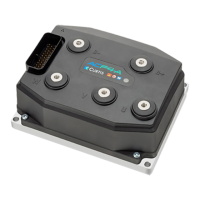
